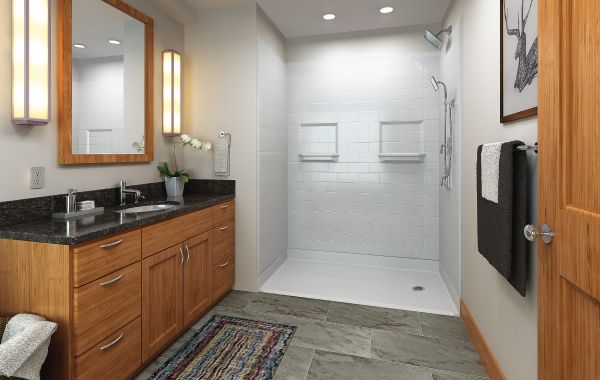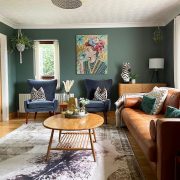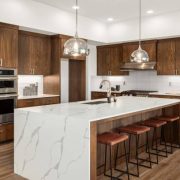Living with a disability can present unique challenges, but with the right home modifications, individuals can create a safe and accessible space that allows them to maintain their independence and quality of life. Home modifications can range from simple changes to major renovations, all with the goal of improving accessibility and functionality for disabled individuals. If you’re seeking home modifications for people with disabilities to make sure the area is suitably modified to fit their particular needs, visit this website. This can include anything from making counter and cabinet height adjustments to make items easier to reach to adding ramps and enlarging doorways to make them wheelchair accessible.
In this article, we will explore some of the key considerations and modifications that can be made to create a safe and accessible home for disabled individuals.
1. Entrance and Exits
One of the first areas to consider when modifying a home for disabled individuals is the entrance and exits. Installing ramps or lifts can provide wheelchair users with easy access to and from their homes. It is important to ensure that these ramps or lifts are designed and installed properly to meet safety standards and accommodate the specific needs of the individual. Additionally, installing handrails and non-slip surfaces can improve safety for individuals with mobility issues.
2. Doorways and Hallways
Widening doorways and hallways is another important modification to consider. Wheelchair users or individuals using mobility aids may require wider spaces to navigate comfortably. By widening doorways and hallways, individuals can move around their home more freely, reducing the risk of accidents or injuries. It is also important to ensure that there are no obstacles or clutter in these areas that may hinder mobility.
3. Bathroom Modifications
The bathroom is one of the most important areas to modify for disabled individuals. Installing grab bars near the toilet and in the shower or bath area can provide support and prevent falls. Adding a raised toilet seat or a toilet with grab bars built-in can also make it easier for individuals with mobility issues to use the bathroom independently. Installing a roll-in shower or a walk-in bathtub can eliminate the need to step over a high threshold, making bathing safer and more accessible.
4. Kitchen Modifications
The kitchen is another area where modifications can greatly improve accessibility for disabled individuals. Lowering countertops and sinks can allow individuals who use wheelchairs to easily reach and use these areas. Installing pull-out shelves or drawers can make it easier to access items stored in lower cabinets. Lever-style handles on faucets and cabinets can also be easier to use for individuals with limited dexterity. It is important to ensure that the kitchen is well-lit and that there is enough space for individuals to maneuver safely.
5. Bedroom and Living Areas
Bedroom and living areas should also be considered when modifying a home for disabled individuals. Installing handrails or grab bars near the bed can provide support and assistance with getting in and out of bed. Adjusting the height of the bed can also make it easier for individuals with mobility issues to get in and out safely. Removing unnecessary furniture or rearranging the layout of the room can create more open space and improve accessibility.
6. Lighting and Safety
Proper lighting is essential to creating a safe and accessible home for disabled individuals. Installing bright, energy-efficient lighting can improve visibility and reduce the risk of accidents. It is also important to ensure that there is adequate lighting in all areas of the home, including hallways, stairways, and outdoor spaces. Adding motion sensor lights can provide added convenience and safety, especially for individuals with mobility issues.
Conclusion
Creating a safe and accessible home for disabled individuals requires careful consideration and planning. By making modifications to the entrance and exits, doorways and hallways, bathroom, kitchen, bedroom, and living areas, individuals can improve accessibility and functionality. It is important to consult with professionals who specialize in home modifications for disabled individuals to ensure that the modifications meet safety standards and the specific needs of the individual. With the right modifications, disabled individuals can enjoy a greater sense of independence and a safer living environment.




















